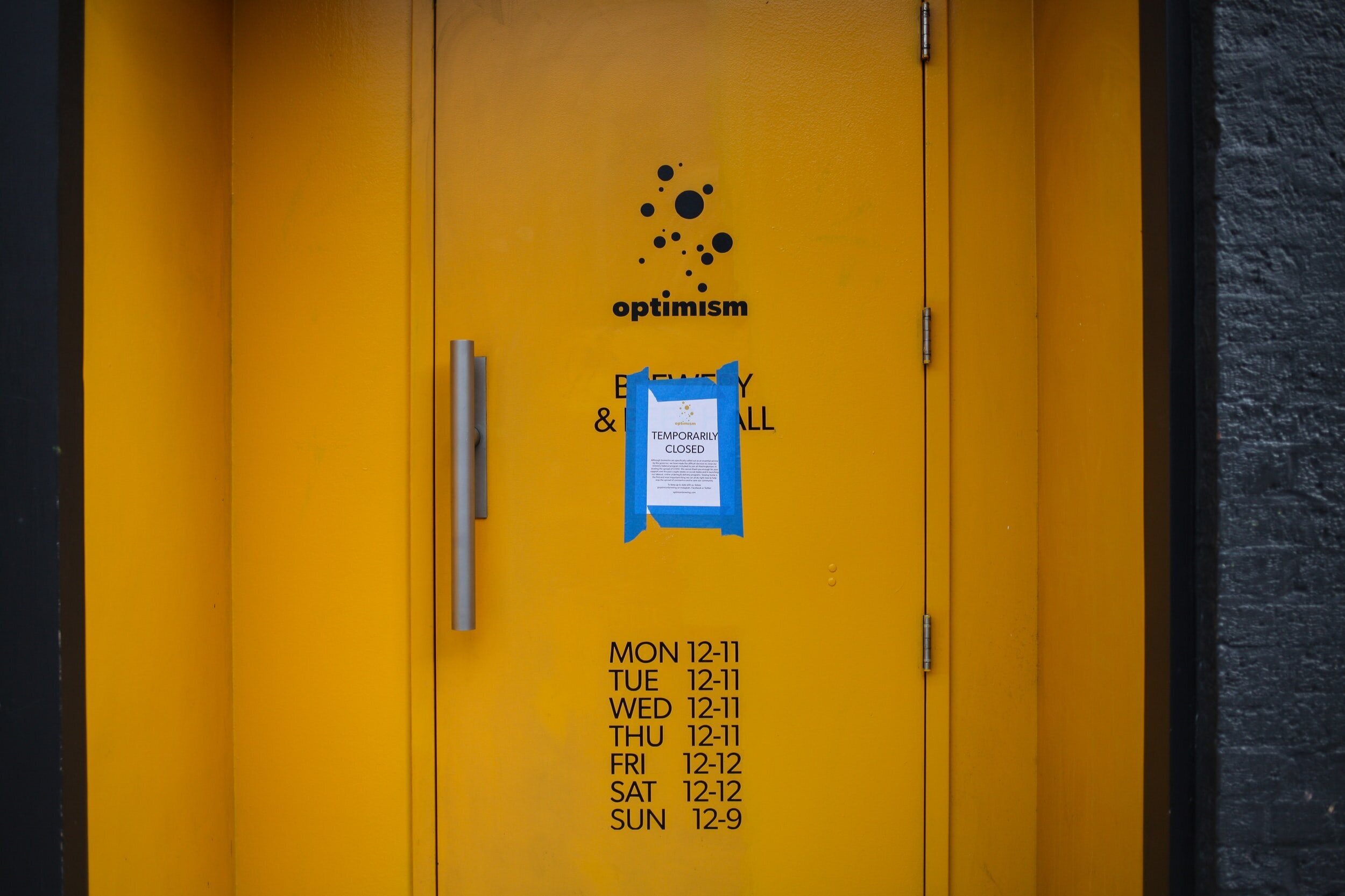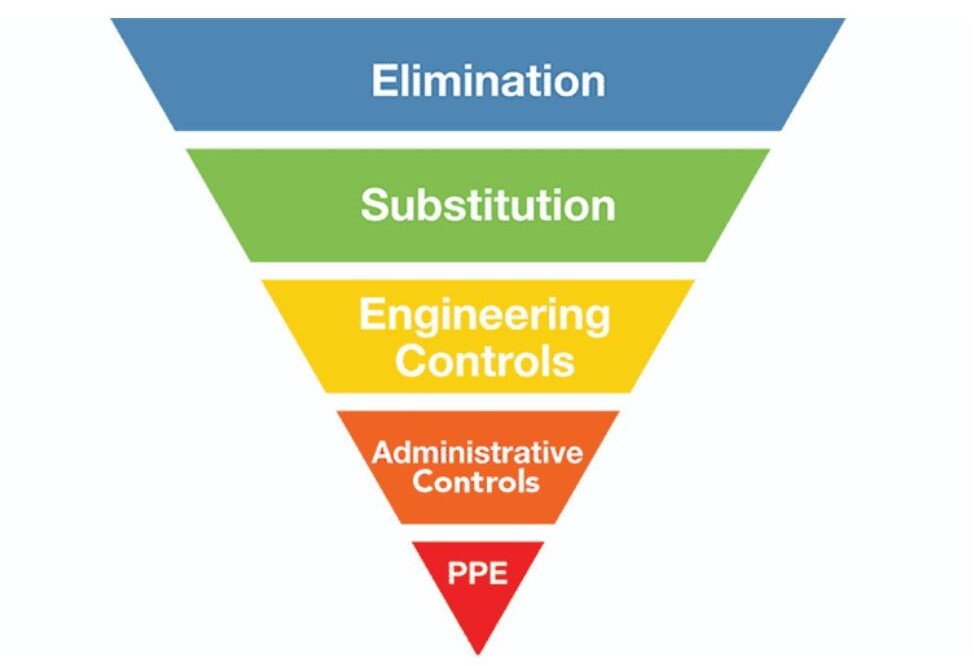Creating a Workplace Plan - A Case Study with a Clean Energy Company
One of our customers is a global group that develops and manages sustainable infrastructure solutions, especially in renewable energy. Their business spans the entire value chain, from design and construction through to operation and maintenance. They are aware of the importance of having a workplace safety program that is well thought out, comprehensive, and effective.
Proxxi’s Tom Newton recently caught up with their Director of Quality, Safety and Compliance. In their meeting they discussed how the organization uses Proxxi Contact to complement and expand upon their Covid-19 safety plan.
The Strategy
Both the city and state the organization is located in have contract tracing requirements. Since workers are in one large and open space, the challenge they faced was how to plan for contact tracing within their environment. In order to meet government requirements and to address the challenges of their environment, they selected Proxxi Contact Wristbands to address their social distancing and contact tracing needs.
When setting out to create their workplace safety program, the health and safety team started by looking for a “single point of failure”. In this, they sought to identify those workers that are key to sustaining the organization’s business, if there is a positive test within this group, the entire business would be affected. The goal of this plan is to protect workers from getting sick in the first place - which could put the organization’s business continuity and individual employee’s paychecks at risk. They also wanted to ensure that the plan could be used for office workers or workers in plant and facility environments.
This kind of workplace safety plan thoroughly addresses the needs of the business and all potential risks, leaders rely on tools like the hierarchy of hazard controls to help find solutions that minimize risk. By using the hierarchy of controls, we are able to create the most effective plan for our organizations.
Creating a Three Tier Plan
As a result of their strategy, the team created a three tier plan that comprehensively and effectively addressed their safety concerns. Following the hierarchy of controls, there was minimal impact that they could have on two most efficient controls, elimination and substitution, in regards to existing and working within a pandemic environment.
As such, their resulting plan included: engaging engineering controls, addressing administrative controls by adjusting existing policies and creating new ones, and managing the performance of the engineering and policy plans.
Engineering Controls
By definition, engineering controls are strategies designed to protect workers from hazardous conditions by preventing contact between the worker and a hazard. Through his research into Covid-19 and transmission, our customer understood the effects air quality can have on the spread of the virus. To improve air filtration, the health and safety team redesigned their organization’s air filtration system following CDC guidelines, as well as advice and information from various medical professionals.
The organization also opted to employ the use of Proxxi Contact. When wearing a Proxxi Contact Wristband, wearers receive alerts when they come within 6ft/2m of another wristband wearer. The social distancing notifications provided by the wristbands helped encourage employees to maintain distance and alerted them to accidental contact interactions. This created a barrier of physical space, decreasing the risk of transmission.
Administrative Controls
Administrative controls include workplace training, procedures and policies, and shift designs that reduce the threat of a hazard to an employee. To improve their administrative controls, the team focussed on developing worker policy guidelines. The changes they opted to introduce included:
Expectation than all employees wear their Proxxi Contact Wristbands and provision of necessary training on use
Guidelines and expectations on when to mask
Introduction of hygiene supplies and stations
Increased safety signage around the workplace
Controlled ingress and egress of the workplace to ensure that everyone entering the building needed to be there, and did so in a safe manner
Implementation of temperature check stations and health questionnaires for on-site employees
Introduction of a new policy of having employees lunch at their desk to limit unnecessary contact interactions
At an organizational level, the organization also committed to following CDC protocols and adjusting their plan as needed. They also ensured that their new workplace safety plan followed existing corporate policy around data privacy from an legal and HR perspective.
Monitoring Performance of the Workplace Safety Plan
As with any project, the organization knew it was important to monitor the success of their workplace safety plan in regards to the engineering and administrative changes, and to manage the outcomes. In order to ensure the most success, it was very important to engage and encourage compliance among their team.
To encourage the compliance with the new policies, the team employed three main strategies: communication, gamification, and monitoring. Ensuring the greater team understood and were aware of the workplace safety plan was the first step in creating compliance. Next, creating fun and competition within the implementation of the new policies through gamification helped increase engagement with the plan. Finally, monitoring employee adherence to the new policies helped the health and safety team verify that their workplace safety plan was effective in implementation.
Additionally, the improvements in the air filtration system and introduction of Proxxi Contact helped employees feel safe and protected, leading to better compliance with the new policies. Specifically with Proxxi Contact, employees were encouraged by the social distancing notifications and the speed with which contact tracing could occur as a result of the technology, making sure that their risk while on site was as low as possible.
The Results
As a result of their workplace safety plan, the organization has not had any incident of Covid-19 transmission on-site since completing the project. This immediate success provides peace of mind to both employees and the organization, as well as cuts down on any potential loss of productivity due to potential exposure or confirmed illness.
We hope that this example of success in creating an efficient and effective workplace safety plan will help your organization with your own rollouts of new or improved safety protocols. If you want to learn more about creating a safe work environment, please read this post.
If you are concerned about how your organization can encourage and drive employee compliance with safety measures, check out this post. If you want to include the Hierarchy of Hazard Controls in your organization’s safety plan, read more about how to do so here.




